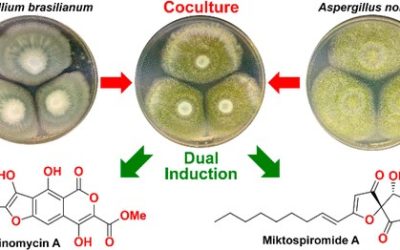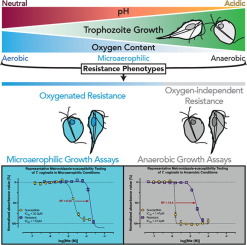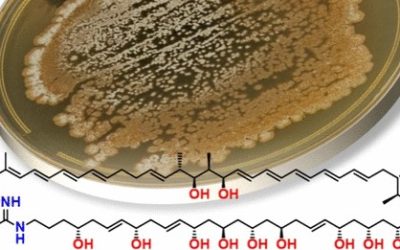Bianca J. Deans, Brianna E. Skierka, Benjamin W. Karagiannakis, Daniel Vuong, Ernest Lacey, Jason A. Smith and Alex C. Bissember
Aust. J. Chem. 2018, 71, 702-707.
Publication Date: July 2, 2018
https://doi.org/10.1071/CH18265
Abstract:
Studies of the phytochemistry of carob (Ceratonia siliqua) leaf material are extremely limited. This report features the second natural product isolation study of carob leaves and the first such investigation of C. siliqua grown in Australia. Investigation of leaf material from seven carob cultivars using pressurised hot water extraction (PHWE) revealed the presence of high levels of myricitrin, D-pinitol, and sucrose in addition to the previously unreported natural product siliquapyranone {(2R,3R,4S,5R,6R)-5-hydroxy-6-(hydroxymethyl)-2-(((2S,4S)-2-methyl-6-oxotetrahydro-2H-pyran-4-yl)oxy)tetrahydro-2H-pyran-3,4-diyl bis(3,4,5-trihydroxybenzoate)}. Siliquapyranone represents a biosynthetic fusion of conventional 2,3-gallate esters on a β-glucose tannin with a hydroxytetrahydro-2H-pyran-2-one-related non-tannin tetrahydropyran-2-one, parasorboside. Preliminary biological testing indicates that siliquapyranone exhibits weak activity against both tumour and normal cell lines. This suggests that, like most tannins and parasorboside, siliquapyranone may act as an antifeedant.


